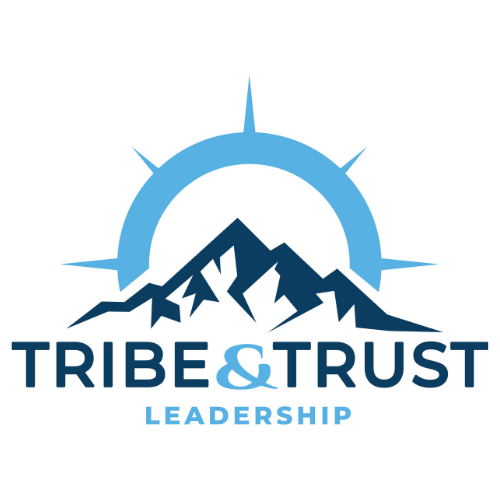Retention: The Key to Sustainable Workplace Growth
Facebook VP of Growth Alex Schultz recently said, “Retention is the single-most important thing for growth.” While this statement is often applied to customer acquisition, it is equally—if not more—critical when considering employee retention. In an era where companies pour vast resources into recruiting top talent, they often overlook a fundamental truth: acquiring talent is meaningless if you can’t keep it.
The Cost of High Turnover
Organizations that struggle with high turnover face stagnation, operational inefficiencies, and culture erosion. Conversely, businesses that prioritize retaining employees create stronger teams, enhance productivity, and drive long-term success. Retention fuels long-term success by ensuring that companies benefit from institutional knowledge, strong workplace relationships, and consistent execution of strategy. Employees who stay longer develop a deeper understanding of company goals, systems, and culture, leading to better decision-making and improved business outcomes.
Turnover is costly, particularly for frontline employees. Hiring new workers is expensive, and constant churn can be devastating to daily operations. The expense of recruitment, onboarding, and training adds up quickly, and the departure of experienced team members can cause disruptions, lower productivity, and reduce team morale. Studies show that replacing a frontline employee can cost up to twice their annual salary. Yet many companies fail to invest in retaining these employees, leaving them trapped in an endless cycle of hiring instead of fostering a stable, engaged workforce.
The Role of Leadership in Retention
Strong leadership and clear communication play a pivotal role in retention, especially for frontline employees. Poor leadership is one of the most common reasons people leave their jobs. Many frontline workers don’t quit because of the work itself, but because of ineffective management. Investing in leadership development for frontline managers is critical to ensuring they communicate effectively, provide feedback, and support their teams. Employees who feel heard, understood, and valued are far more likely to stay engaged and committed to their roles.
Building a Culture That Supports Retention
Workplace culture also plays a key role in retention. Employees want to work in environments where they feel included, supported, and aligned with the organization’s values. A high-retention workplace fosters a culture of trust, collaboration, and commitment. Recognition and employee engagement further reinforce job satisfaction. Employees who feel appreciated for their hard work and contributions are more likely to remain loyal to the company.
Another critical factor in retention is work-life balance. Burnout is a significant driver of turnover, and organizations that prioritize work-life balance create environments where employees can thrive without feeling overworked. Providing flexible schedules, reasonable workloads, and mental health resources helps prevent exhaustion and disengagement.
Retention as a Competitive Advantage
Retention isn’t just about reducing turnover—it’s about building a resilient, engaged, and high-performing workforce. Companies that invest in their employees’ growth, well-being, and success are the ones that ultimately thrive. Alex Schultz’s insight serves as a crucial reminder: true business growth isn’t about how many employees you hire—it’s about how many you keep and empower to succeed.
The real challenge is not just attracting great employees—it’s creating an environment where they want to stay. Prioritizing retention is a leadership responsibility, and organizations that rise to the challenge will flourish.
